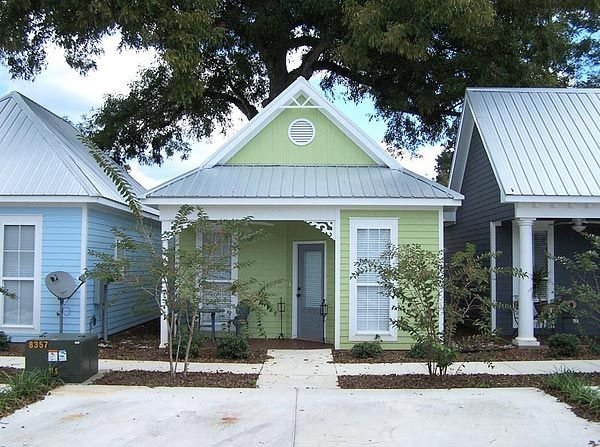WebStamp March 07, 2018
Tiny House Properties – Changing Social Attitude
During a recent discussion on tiny house land-use bylaws with a WebStamp reader, I realized that a major roadblock to developing tiny lots is the current social perception that homeowners have thinking their property will diminish in value and degrade the community. This line of thinking comes from the last century where owning a large house made you respectable and living in a trailer park made you a lower-class citizen. In actuality, most of today’s mobile home parks are close-knit communities of respectable citizens with many having their own community association.

The Tiny House Land-Use Bylaw Movement is basically for the development of entire tiny house communities but can also be used for the creation of one or more city lots in existing neighbourhoods. With proper regulations, such as firm design rules, construction techniques, and innovative thinking a micro tiny house community can actually be beneficial and stimulating to the neighbourhood. Calgary has many young professionals, new couples, and senior citizens that are tired of attempting to living beyond their means owning large property because there are no other options. There are many respectable people and their families looking for affordable living as a property owner without straining their budget. They would rather live life instead of slaving to survive.
Current social attitudes are slowly changing and the old housing model with triple garages, football field size yards, bonus rooms, more bathrooms than bedrooms and large square footage is transforming into many preferring more affordable, practical, and eco-friendly homes. People would rather have a leisurely lifestyle than having to be overworked to keep a roof over their heads. As housing requirements change, rules and regulations governing accommodations need to change accordingly.
Having lived in the Netherlands, I have a good understanding of living tiny. In BC I also lived in a 380 ft² house and a 1 room structure atop of the Local Telegraph news advertiser building in Keremeos. It was comfortable and I enjoyed living tiny. I had a lot fewer possessions to worry about, and it was quick and easy cleaning the entire house. Then there was the benefit of energy savings. I ended up with more time to spend with friends and family doing leisure activities and having the money to afford it.
It may take several decades for the masses to realize that the current model of housing is outdated to meet today’s, and in the future, lifestyles. Many are discovering the freedom, with less stress, by living tiny. The preconception that living tiny is living cramped and without luxurious is outdated and many of today’s tiny homes are very comfortable and includes all the amenities one would need. Tiny homes come in many different sizes and types. They range anywhere from 100 ft² up to 1000 ft² and are either trailerable, moveable, or a permanent structure. There have been several families ranging from 3 to 6 members who have successfully moved into permanent 500 ft² to 600 ft² homes.
Other benefits, other than enjoying living and saving money is that tiny homes are eco-friendly helping with global warming and reduces urban sprawl, eliminating the need for expanding city infrastructures such as roads and emergency services. As I discovered living in Europe, having neighbours close to you stimulates greater communication and community socializing. Being part of a community and feeling that you belong gives one a greater sense of wellbeing.
As social needs and attitudes change, rules, regulations, and laws need to adjust quickly to prevent chaotic situations that require emergency temporary Band-Aids that are sure to compound the problem. The older generation needs to realize that things change and that was once viable is no longer acceptable. We need to provide a solution to accommodating the movement towards affordable, eco-friendly, and luxuries housing, which living tiny will play a large part in the near future.
Share This Article

Articles in this Issue
Improving the Local Economy
by Connecting Calgarians
With their Communities
Join the M.A.D. Movement
Let us continue the Three Things for Calgary that our Mayor Nenshi started last year in Canada's Sesquicentennial. Calgarians can continue to Make A Difference by simply making a M.A.D. Move by doing anything, no matter how small, that has a beneficial outcome.



